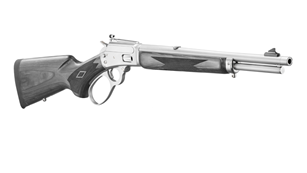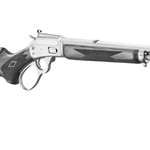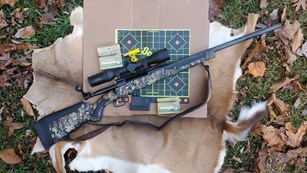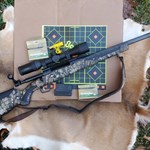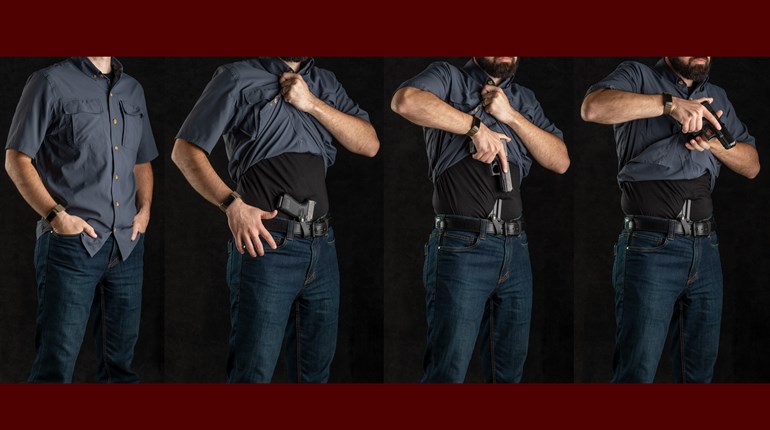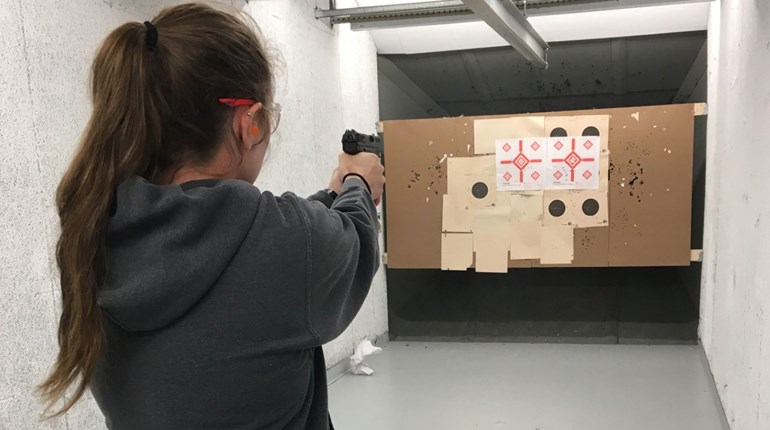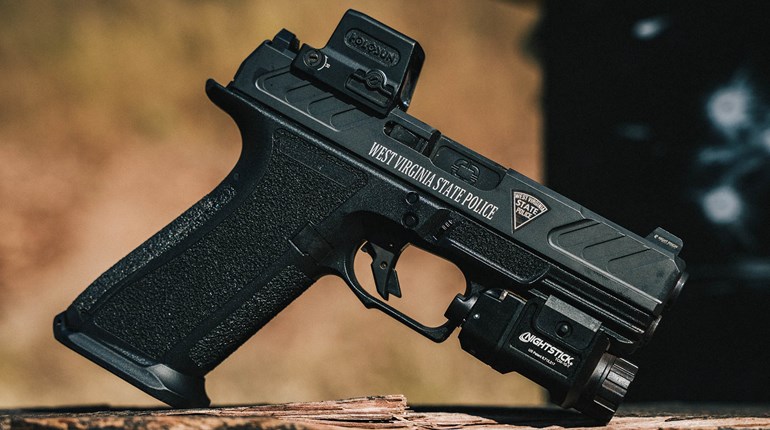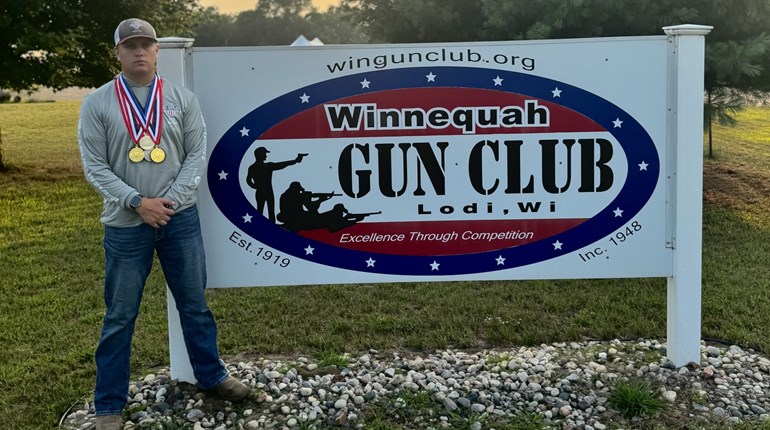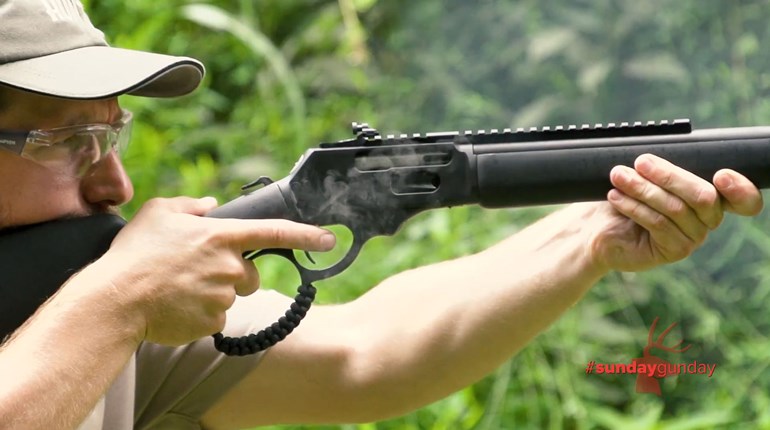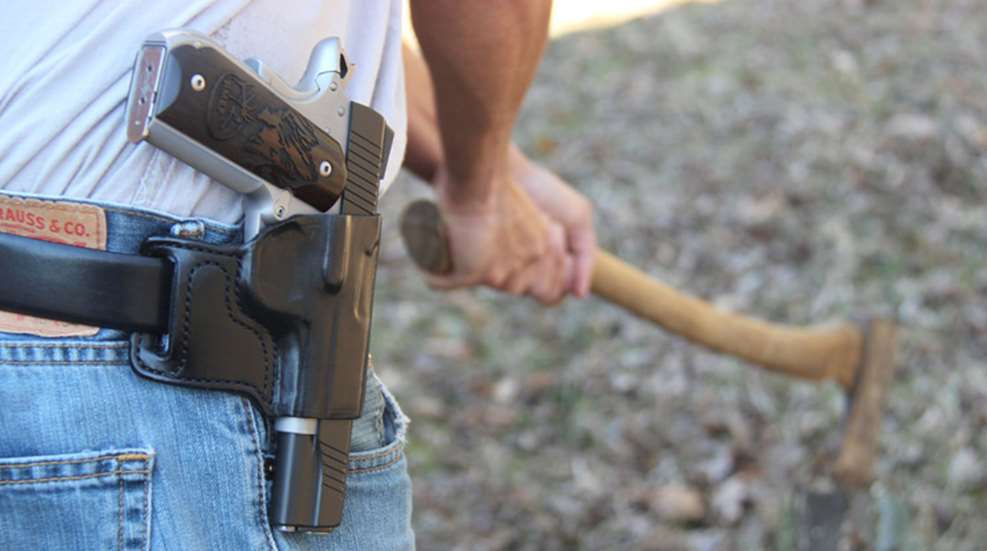
While writing a book on concealed carry, I polled a number of new shooters who had recently obtained their CCW permit and asked what they were looking for in a defensive firearm. Many of the answers were what you might have expected; the majority of respondents wanted a gun that was compact and easy to carry, reliable, simple to operate and affordable. But one particular feature that many new permit holders demanded was a manual safety on semiautomatic firearms. This wasn’t a local mandate where restrictions required firearms to be equipped with a manual safety, but rather a personal preference. Simply put, many shooters felt more at ease when carrying a firearm with a manual safety.
There are, however, many defensive firearms that do not have manual safeties and many, many shooters who prefer them. We must be clear, though, that there is a difference between “safeties” and manual safeties. Glock firearms, for instance, are referred to as “Safe Action” pistols and they contain three mechanical safeties—a trigger safety, a firing pin safety and a drop safety—but no manual safety. So, to be clear, when we discuss safeties we are strictly referring to manual safeties—a bar or lever that must be moved to allow the gun to fire.
Because shooters are so divided on the manual safety issue and because certain state and jurisdiction have specific laws requiring manual safeties, many companies like Ruger, Smith & Wesson and SCCY offer firearms with an optional manual safety. Additionally, this is primarily relevant to semiauto handguns, since double-action revolvers generally do not have a manual safety.
So, should you have a manual safety in your defensive firearm? That depends on your taste, comfort level and preferences. But before we examine the pros and cons of each style one thing must be made perfectly clear: A manual safety does not make a gun safe, nor does the lack of a manual safety make a gun inherently dangerous. The key to avoiding negligent discharges is to follow the universal rules of firearms safety by treating every gun as though it were loaded at all times, keeping your finger off the trigger and out of the trigger guard until you are ready to fire, never pointing the muzzle of the firearm at something you are not willing to destroy and always being sure of your target and what lies beyond it. Understanding these rules—and always remaining aware when handling a firearm—are the real keys to safety. A manual safety does not preclude a shooter from learning, understanding and implementing those rules.
Advantages of a Manual Safety
Some shooters only feel confident when carrying a firearm with a manual safety, and there’s little room to argue that a gun with a manual safety is far superior to having no gun at all. Along that same vein, many shooters only feel safe carrying a pistol with a round in the chamber if they have a gun with a manual safety, and it does take less time to release the safety on a firearm than to rack the slide. The manual safety acts as a last line of defense to prevent a gun from firing if it is mishandled, though it should be clearly understood that you cannot rely on a manual safety to act as a substitute for proper gun handling and firearm security. In certain instances a manual safety can help prevent an accident if the shooter makes a mistake; the most common example relating to a dropped firearm. Guns are an investment, and many people instinctively reach out and grab a firearm that falls from the holster or from a table the same way they would if it were a smartphone. Problem is, if you have a loaded gun with no safety and inadvertently grab the trigger, you can accidentally fire a shot if your gun is not equipped with some form of manual safety (and it’s for this reason that you never reach to grab a falling handgun).
Most manual safeties are lever designs that fit tight close to the side of the firearm. Colt 1911s and clones have both a manual thumb safety as well as a grip safety that must be depressed before the gun can be fired; this tandem of manual safeties is why these guns are generally carried in the “cocked and locked" position. Springfield Armory outfits their striker-fired XD pistols with a grip safety, a simple layout that is intuitive and unobtrusive, so there are a number of manual safety options.
Advantages of Firearms Without Manual Safeties
There’s a misconception that firearms without manual safeties are a new fad, but that’s not true. In fact, the classic “pocket guns” of a century ago—namely compact double-action revolvers—did not have manual safeties. The DA revolver’s long trigger pull made these guns relatively safe to carry. Modern revolvers and modern semiautos without safeties are popular and, if properly handled, they are safe. It’s critical, though, that these guns be secured in a holster with the trigger shielded.
The primary advantage of guns without manual safeties is their simplicity. You draw, pull the trigger and the gun will fire without the need to operate a safety. Under duress, something as simple as releasing a manual safety can escape your mind. If there’s no manual safety to release then that’s not a concern, and there’s no external safety mechanism to hang-up when drawing. Trigger weights vary, and double-action revolvers and DA/SA guns like the SIG P226 and the Beretta 92 may have an initial trigger pull of 10 pounds or more, reducing the likelihood of negligent discharges. With DA/SA guns the cocking of the hammer after the initial shot reduces the trigger pull of subsequent shots to somewhere between 4 and 6 pounds. Striker-fired guns have a lighter trigger pull initially—roughly 6 pounds—and each subsequent shot has the same pull weight.
Most of the guns that I carry and use for personal defense do not have a manual safety, but I feel confident carrying them even with a round in the chamber. Why? Because I carry them in a secure holster and I repeatedly work on the fundamental rules of firearms safety as I practice each day. Primarily, I work to ensure that I do not place my finger inside the trigger guard until I am ready to fire, and after shooting my finger is immediately indexed for reholstering.







